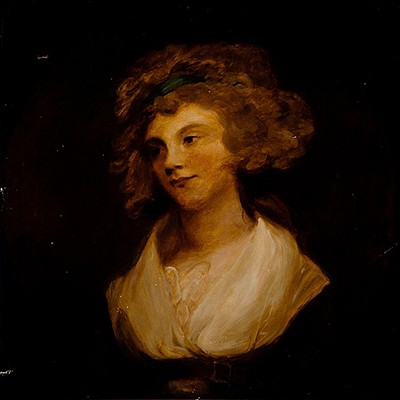Spanish mannerist school; mid-sixteenth century. "Virgin and Child". Oil on panel. Cradled.
About Seller
Carrer Aragó 346
Barcelona
Spain
Setdart Subastas was born in 2004 and is currently the first online art auction in Spain with solidity, prestige and reliability guaranteed by our more than 60,000 users. Setdart has a young, dynamic and enterprising team ready to successfully manage the purchase and sale of art works through custom...Read more
Two ways to bid:
- Leave a max absentee bid and the platform will bid on your behalf up to your maximum bid during the live auction.
- Bid live during the auction and your bids will be submitted real-time to the auctioneer.
Bid Increments
| Price | Bid Increment |
|---|---|
| EUR€0 | EUR€10 |
| EUR€200 | EUR€25 |
| EUR€500 | EUR€50 |
| EUR€1,000 | EUR€100 |
| EUR€3,000 | EUR€200 |
| EUR€5,000 | EUR€500 |
| EUR€10,000 | EUR€1,000 |
| EUR€20,000 | EUR€2,000 |
| EUR€50,000 | EUR€5,000 |
About Auction
Nov 25, 2021
Setdart Auction House sofia@setdart.com
- Lot Description
Spanish mannerist school; mid-sixteenth century. "Virgin and Child". Oil on panel. Cradled. It presents faults in the painting and has a longitudinal crack in the board. Measurements: 41 x 31 cm; 49 x 36,5 cm (frame). Image of devotional character, in which the artist presents the Virgin Mary holding Jesus Child on her arms. The attention is concentrated exclusively on the two personages, who are located in the center of the composition. The mother and son are in front of the viewer, and the Virgin is also leaning on a set of nines, a characteristic that may be linked to the representation of the advocation of the Virgin as Immaculate. However, in this case she holds the child in her arms, establishing a maternal and protective relationship between them. Since the end of the Middle Ages, artists insisted on representing, in an increasingly intense way, the bond of affection that united Christ with his Mother and the close relationship between them, this was encouraged in the Renaissance and, naturally, in the Baroque period, when the exacerbation of emotions characterizes much of the artistic production. Due to the technical characteristics, such as the modeling of the forms, the tonalities used, the type of composition, and even the aesthetic details used in the treatment of the canvases that make up the scene, this work can be inscribed within the mannerist school. Due to the aesthetics of this work, it is worth noting that it has certain similarities with the works of Pedro de Campaña (Brussels, 1503 - ca. 1580), a Flemish painter who trained in Italy. He settled in Seville in 1537, where he developed part of his career and achieved great fame. However, in 1562 he returned to Brussels. His work was characterized by a Flemish aesthetic base, although due to his trips to Bologna, Venice and Rome, he received the aesthetic influence of the Italian country, especially Perin del Vaga, and Polidoro de Caravaggio.
Dimensions:
INV Number:
41 x 31 cm; 49 x 36,5 cm (frame).
35256444 - Shipping Info
-
In-house shipping available. Please inquire at admin@setdart.com.
-
- Buyer's Premium



 EUR
EUR CAD
CAD AUD
AUD GBP
GBP MXN
MXN HKD
HKD CNY
CNY MYR
MYR SEK
SEK SGD
SGD CHF
CHF THB
THB
















